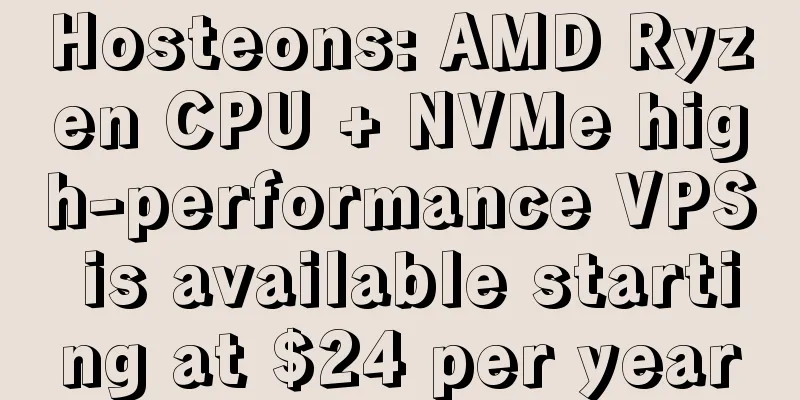In simple terms, what exactly is blockchain?
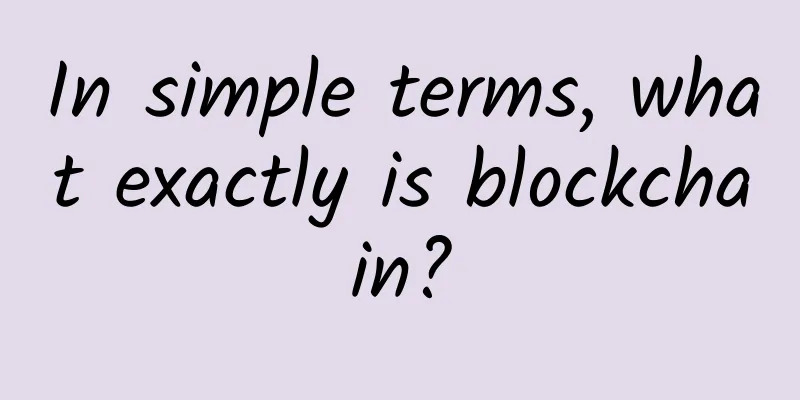
|
On September 4, 2017, the Chinese government officially banned ICO and digital currency transactions, and immediately closed several digital currency exchanges. At the same time, the government has repeatedly stated that it will not equate blockchain with digital currency, and still attaches great importance to the development of blockchain technology in China. Subsequently, the Ministry of Industry and Information Technology of China established a laboratory dedicated to blockchain research - the Trusted Blockchain Open Laboratory, further clarifying the government's attention and support for the development of blockchain technology.
What is blockchain? Blockchain technology originated from Bitcoin and is the underlying support technology of Bitcoin. The Chinese government banned Bitcoin transactions mainly because it was worried about the financial risks brought by digital currency transactions and to prevent criminals from exploiting legal loopholes in digital currency transactions to design transaction scams. However, blockchain is a technology that allows transactions to break through the traditional trust transaction model and centralized architecture and achieve transaction security in a non-secure environment. Since blockchain technology can solve many problems faced in traditional Internet transactions, it has received widespread attention from governments and companies in recent years. At present, many websites have detailed explanations of blockchain technology, but because it is too professional, it is difficult for people to understand. Now we will help readers interpret what blockchain is in an easy-to-understand way? Simply put, blockchain is a distributed ledger that maintains a reliable database in a decentralized and trustless way. Taking Alipay transactions as an example, the traditional transaction method is that buyers purchase goods on the Taobao platform, and then transfer the money to the intermediary platform Alipay. After the seller ships the goods and the buyer confirms receipt of the goods, the buyer notifies Alipay to transfer the money to the seller's account. However, the transaction model supported by blockchain technology is completely different. Buyers and sellers can trade directly without any credit transactions through any intermediary platform. After the transaction, the system publishes the transaction information to the P2P network in the form of broadcasting. All nodes or hosts that receive the transaction information will record the transaction after confirming that the information is correct. This is equivalent to all node hosts making data backups for the transactions here. Even if a machine goes down, the system crashes, a Trojan attack occurs, and data is tampered with, it will not affect the data record, because there are countless machines as backups. From a data perspective, blockchain is a distributed database that is almost impossible to change. This distribution is not only reflected in the storage architecture, but also in the distributed records, which are maintained by system participants. From a technical perspective, blockchain is not a single technology, but a complex of multiple technologies, including distributed storage, digital signatures, and P2P network architecture. How blockchain works The data storage method of blockchain is actually "block" + "chain". This is like our diary, each page is a piece of paper, and useful text information can be recorded on the paper, but each page will have a page number to record the order of the text on each page. In contrast, the block is the "paper" used to record all value exchange activities that occurred during the creation period. The page number is the "chain", and the blocks are stored in the database in chronological order. Then perhaps you will ask, among so many nodes, who should be chosen to record the block information first? In fact, it is very simple, that is, whoever completes the record first will be the final. As shown in Figure 1, if Zhang and Li want to make a transaction, a bill record will be generated. The bill record will show the payer information, the payee information, the content of the transaction and the current chain sequence. After the transaction is completed, the blockchain system will encrypt the transaction list and the data of the previous bill number and publish it to all nodes in the entire network, that is, every host connected to the network. After receiving the bill information, all nodes will compete for the first accounting right. This process includes verifying the information of both parties to the transaction, and updating the account book after confirmation. The first node to complete the bill record will prevail. Therefore, once the first accounting is completed, all nodes can only receive accounting information and update local accounts. This is the consensus mechanism. Since the record of each bill transaction contains the information of the previous chain, once a transaction record is tampered with, there will naturally be information errors or partial matching of the upper and lower chain information, and it is easy to have a chain fork. Therefore, it is almost impossible to tamper with the data recorded by blockchain technology, and the data has a very high fault tolerance. Moreover, since all bill transaction data is published in an encrypted manner and sent over the network, in order to tamper with the data in the network, at least 51% of the node data must be intercepted and cracked in a very short time. This situation can be considered almost impossible. What are the bottlenecks in the development of blockchain? Since the emergence of Bitcoin in 2009, the development of blockchain technology has been relatively short, and application research at all levels is still in the process of deepening. However, due to the traditional centralized data protection architecture and non-credit security model that blockchain breaks through, its application still has certain security limitations and faces many challenges from both the technical and business levels. First, there is the challenge of consensus mechanism. Whether the consensus algorithm in the blockchain can achieve and guarantee true security requires more rigorous proof and the test of time. The asymmetric encryption algorithm used may become more and more fragile with the development of data, cryptography and computing technology, and may be crackable in the future. In addition, whether the private key containing account security on the blockchain is easy to steal remains to be further explored. Secondly, can the 51% attack be successful? In Bitcoin, if you control the majority of computing resources in the nodes, you can rewrite the public ledger, which is called a 51% attack. The real blockchain network is free and open, so in theory, there is no way to prevent nodes with enough computing resources from doing anything on the blockchain. In reality, launching a 51% attack is feasible. Of course, having enough computing power will not quickly destroy the entire system - at least not in a short period of time, but it may cause system chaos. Third, N@S attack. In response to the problem that the PoW consensus algorithm is vulnerable to 51% attacks, some researchers have improved the PoW consensus algorithm, but while solving the old problem, they have also introduced the N@S (Nothing at take) attack problem when the block is forked. For example, in some cases, a block can temporarily have two sub-blocks. When this fork state occurs, it is generally because two miners have found the solution to the workload in a short period of time, and then spread the addition to the adjacent network, and other nodes slowly form two versions (sub-blocks) of the blockchain. The blockchain stipulates that the judgment condition in this case is to choose the sub-block with the largest total amount of work. For the sake of their own interests, the node can continue to work on two branches at the same time to ensure the acquisition of benefits. Assuming that 99% of node users consider the benefits so rationally, even if the attacker only holds 1% of the rights and interests, he can still determine the branch direction of the blockchain. He can issue a transaction request, obtain assets, and then obtain the added currency from another branch to his own money. In addition, blockchain also has some insurmountable shortcomings: efficiency issues. Blockchain does not have a single trustworthy node, and trust is gained through calculations. A simple acknowledgement of a transaction requires a lot of calculations to participate. For example, the risks caused by anonymity. Blockchain developers believe that anonymity is important in blockchain transactions, not "censorship resistance". If miners decide not to process the sending and receiving of a transaction between addresses, it proves that the transaction is censored by miners. If transactions are anonymous, miners cannot decide which transactions to prioritize, and cannot conduct censorship. However, anonymity will lead to rampant illegal transactions, and it is difficult for law enforcement agencies to trace the source. Conclusion Despite certain security limitations and insurmountable shortcomings, blockchain technology provides a large-scale consensus mechanism that can be used as a more efficient means to solve trust issues and establish a decentralized trusted network. At present, the application of blockchain has extended from a single digital currency (such as Bitcoin) to various fields of economic society. Except for the relatively mature application in the financial services industry, the application in other industries is still in the exploratory stage. We look forward to the update and improvement of blockchain technology. |
<<: Enterprise IoT threatens to undermine cloud and IT security
>>: Why do you need to consider whether IPv6 is supported when adopting SD-WAN?
Recommend
Gcore: KVM host from €1.08/month, 26 data centers available in Russia/Asia Pacific/Europe and America
G-core (gcorelabs) is a foreign hosting company f...
Network | Comic: What is the HTTPS protocol?
What is HTTP? The full name of HTTP protocol is H...
What are the differences between HTTP and HTTPS besides security?
HTTP and HTTPS are two common network protocols, ...
What role does a switch play in a network?
Switches play an important role in increasing the...
Getting Started with Software Defined Storage (SDS)
With the Internet, the Internet of Things, and bi...
The three major operators’ annual data for 2021 were released. How is their performance?
In a blink of an eye, the Spring Festival holiday...
Ultra-wideband is no longer a highlight: 10 thoughts on 6G by Wu Hequan, an academician of the Chinese Academy of Engineering
At the Global 6G Technology Conference held recen...
Liu Liehong of the Ministry of Industry and Information Technology: As of October, more than 700,000 5G base stations have been put into operation
Since the issuance of 5G commercial licenses in m...
Connecting the Next Billion: 5G and Satellite
5G will revolutionize the Internet of Things due ...
Online troubleshooting guide: The ultimate way to bring your server back to life
Have you ever encountered these headache-inducing...
Content Delivery Network (CDN) System Design
A CDN is a group of geographically distributed pr...
ZJI 20% off, 440 yuan/month-2*E5-2620/16G memory/240G SSD/10M (CN2+BGP)/Korean server
ZJI was founded in 2011. It is the original well-...
Unlocking the shackles of 5G network development: Cloud-native NFV is indispensable
The implementation of 5G technology will bring th...
6 ways 5G will change IoT solutions
The implementation of 5G will facilitate the deve...
SDN and IoT drive huge structural changes in networks. IoT is the key to increasing enterprise revenue
According to foreign media reports, the telecommu...
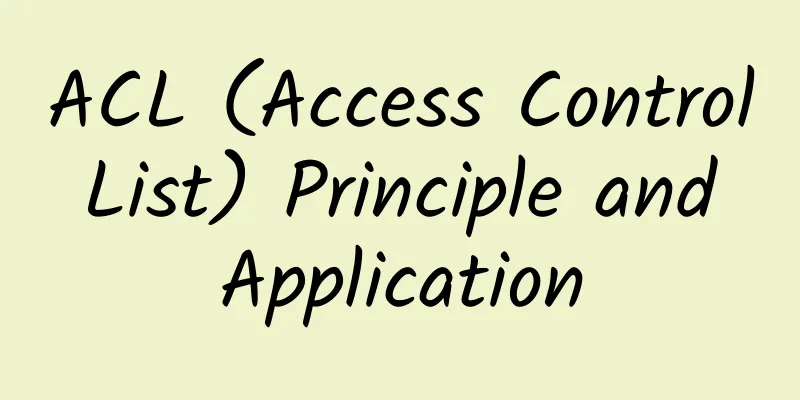
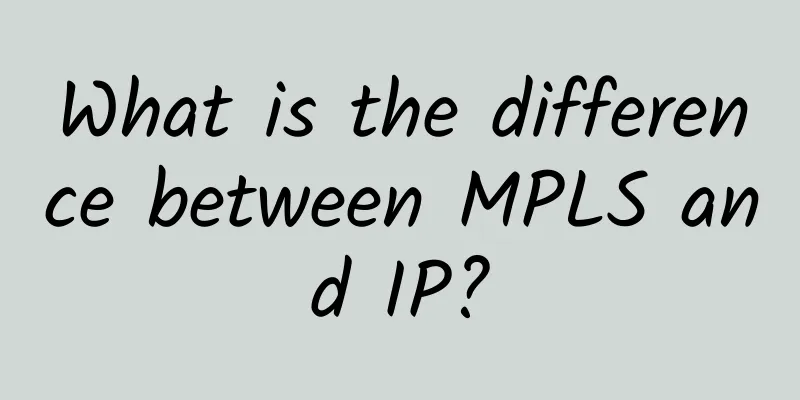



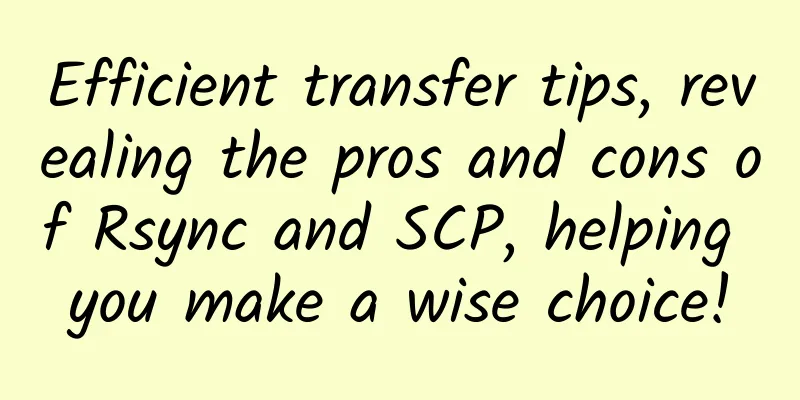

![[Double Holiday] edgeNAT: VPS monthly payment 30% off, annual payment 40% off, US/Hong Kong/Korea CN2 VPS monthly payment starts from 42 yuan](/upload/images/67cabc93e4f35.webp)

